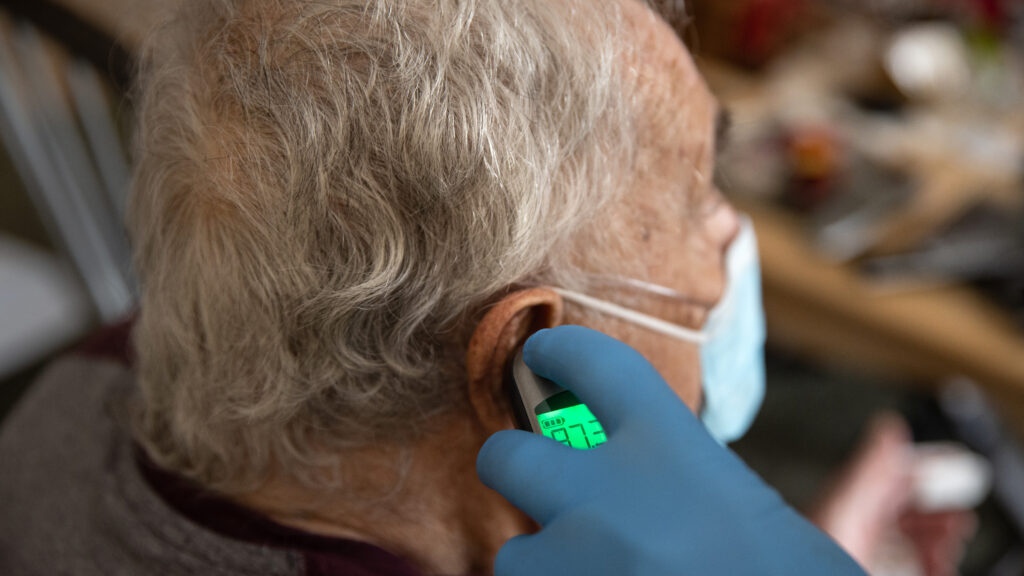What The Hospital-at-Home Movement Tells Us About Igniting Innovation in Health Care

As a health care economist specializing in innovation and a management consultant aiding health systems and insurers in technology adoption, we’ve observed a vexing trend: The expansive private sector of the U.S. healthcare system often outpaces the sluggish public sector, hampered by bureaucracy and political considerations. However, despite its agility, the private sector frequently awaits the initial move by the public sector before embracing innovations, sometimes for prolonged periods. Take the case of “hospital at home,” an innovative model swiftly providing acute hospital care in patients’ homes. Although hospital at home has gained recent prominence, its widespread adoption could have occurred much earlier if incentives had been properly aligned. Hospital-at-home programs have been under scrutiny since the 1970s, yet health systems and payers hesitated to invest in scaling this concept until the official Covid-19 public health emergency. During this period, the Centers for Medicare and Medicaid Services temporarily allowed Medicare reimbursement for hospital-at-home services.
Make faster decisions with community advice
- AI Gets Better At Writing Patient Histories When Physicians Engineer The Prompts
- New Study Evaluates Virtual Reality to Reduce Scanxiety in Brain Tumor Patients
- Revolutionizing Healthcare: Harnessing the Power of IoT Solutions for Improved Patient Outcomes
- Carrum Health Raises $45 Million Series B to Expand Cancer Care Offerings and Launch New Service Lines
- Ethical Guardrails Are Essential To Making Generative AI Work For Healthcare
Deploy this technology today
-
nQ Cortex
Matched with Medical Subject Headings (MeSH): Biomedical Technology, Healthcare IT News: Artificial Intelligence
- NLabviva Platform
- Labviva Platform
- AI Dermatologist Platform
- Armis Platform for Healthcare

